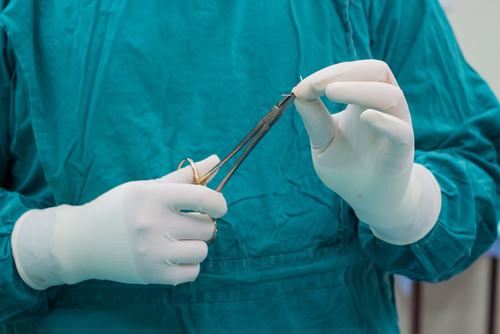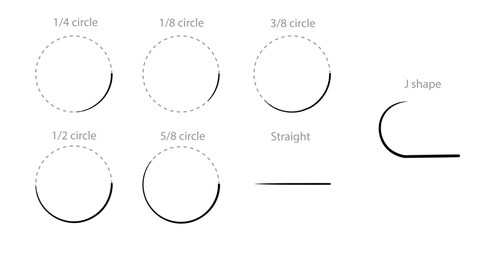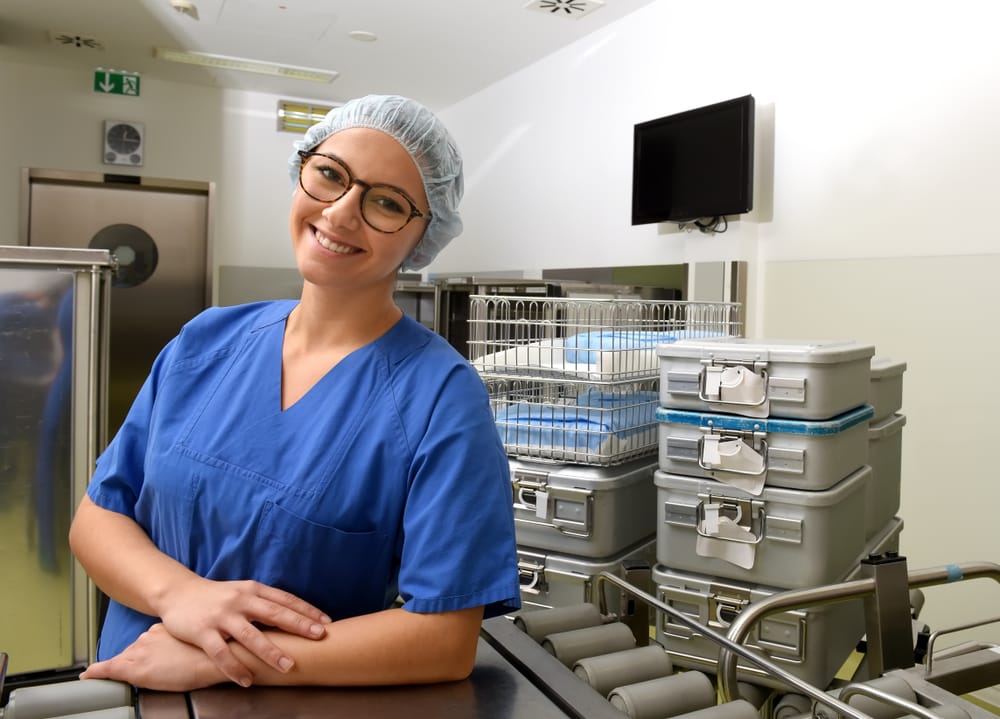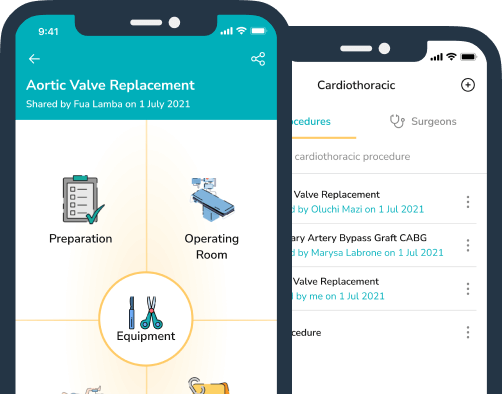A Little About Sutures & Surgical Considerations
Posted at 13 February 2024 in Education,Operating Room,Operating Room- Tips,Surgical Equipment,Surgical Supplies,Sutures by Marrianne

About Sutures-Needle Point
- Cutting Edge – 2x types- Conventional & Reverse
- Has 2x opposing sides that slice through tissue
- Cutting Conventional needles are predominantly used on skin closures
2. Taper Point
- Needle is flattened or rounded
- Spreads tissue without cutting, less traumatic, decreased bleeding
- Widely used in various tissue, muscle, fat, peritoneum
3. Taper Point-Blunt
- Tapered needle with blunt point
- Used to prevent needle stick injuries
4. Taper Cut Needle
- Predominantly used in Vascular & Cardio Thoracic surgery
- Used on hard calcified tissue and on prosthetic grafts
- Cutting needle passes through tissue easily and taper point passes through friable tissue
Surgical Considerations

Points to consider when choosing a needle holder and loading a suture.
- Deep cavities require longer needle holders
- Thicker tissue may require stronger needle holders
- Load suture 1/3 of the distance from the swag
- Load suture at a 90 degree angle
- Needle should be loaded near the tip of the needle holder
- Confirm if the surgeon is right or left handed, load accordingly
- Needle holder should hold the needle in place and not move the needle when being used, usually the second clasp will hold in place
- Always be mindful of the tissue, the needle size and the length and size of the needle holder. Eg a small needle on a large & heavy needle holder may place pressure on the needle and break it.
Additional Considerations
- Never give an orthopaedic surgeon a small needle holder, unless they ask for one
- Always collect various size needle holders if unsure of size prior to surgery
- Always confirm the suture type, needle size, needle point prior to opening a suture, they are costly and can be placed in the wrong packet at the end of a long day by a tired team member
Recent Articles
✈️From Pilots to Perioperative Practice: Why Organisation and Readiness Save Lives in the OR
28 October 2025
Why Interruptions in the Operating Room Put Safety, Efficiency, and Staff Wellbeing at Risk
26 September 2025
Categories
More articles from Education,Operating Room,Operating Room- Tips,Surgical Equipment,Surgical Supplies,Sutures
View All✈️From Pilots to Perioperative Practice: Why Organisation and Readiness Save Lives in the OR
Instrument nurses anticipate, troubleshoot, and act quickly under the direction of the surgeon and surgical team. T...
28 October 2025
Read more
The Intricate Workflow of Sterile Processing
The SPD operates through a series of well-defined stages, each critical to maintaining instrume...
03 July 2025
Read moreReducing SSIs Through Best Practice Skin Preparation: What Every OR Nurse Should Know
Best Practice for Surgical Skin Preparation: Reducing the Risk of Surgical Site Infections (SSIs) Surgical skin pr...
11 June 2025
Read more

